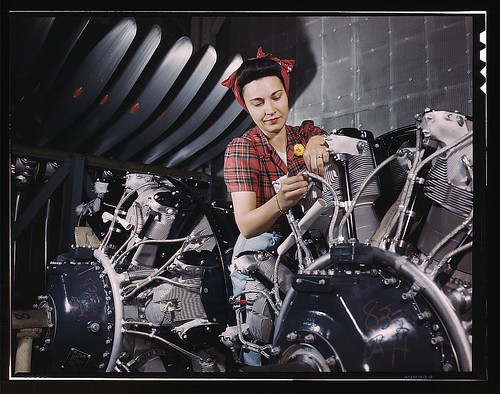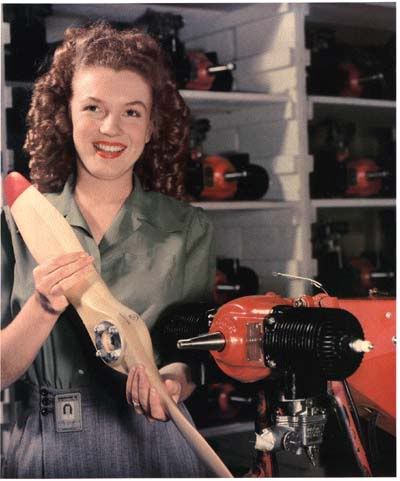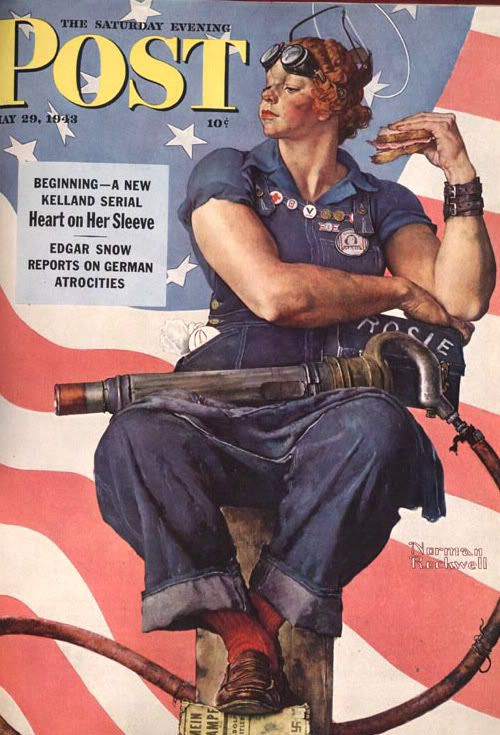Lenore
Practically Family
- Messages
- 758
- Location
- Houston, Texas
Inky said:One of my favorite real-life Rosie's:

thank goodness for these women, one and all!
Hey! That's what my hair looked like today!
(Not appropriate for a corporate office, but I don't care.













